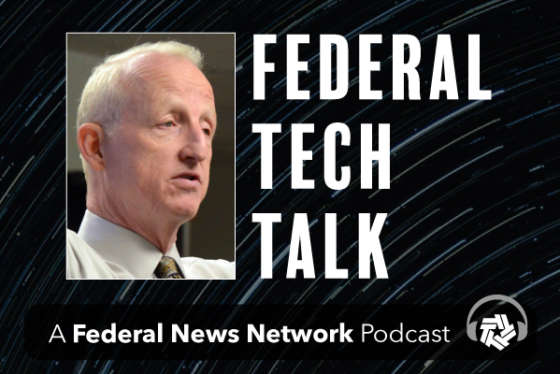
Satellite technology: A view from 45,000 feet
Satellites produce tons of geospatial data, so what should federal IT professionals do with that information? Devin Brande, director of Advanced Programs at Orbital...
This week on Federal Tech Talk, host John Gilroy interviewed Devin Brande, director of Advanced Programs at Orbital Insight. His perspective is not from 40,000 feet — slightly higher — a view from 22 miles, the approximate altitude of a Geosynchronous Earth Orbit Satellite.

Brande is a well-known analyst in the space and satellite community. His company takes a look at a wide range of applications of data from satellites. Today’s discussion bounced from flooding in Houston to a neural network of cars to monitoring the energy of the planet. The whole idea is that satellites produce tons of geospatial information. Brande talked about how to make sense of that tremendous amount of data.
The key phrase of the interview is to draw “timely and meaningful” conclusions. Federal users of geospatial data must approach information from a perspective that uses the analytical nature of the information provided. He mentioned the amount of data collected by Unmanned Aerial Vehicles as well as satellites.
For example, a satellite image can show a change in oil storage — the correct analytical question to ask is how that impacts commodity pricing. If an image shows an increase in transportation of steel in China, did the amount of iron ore passing through ports change?
The amount of data is drastically increasing, especially from new technology like high throughput satellites. The real issue is to derive insights that will assist in the practical goals of organizations, like agencies of the federal government.
Copyright © 2025 Federal News Network. All rights reserved. This website is not intended for users located within the European Economic Area.




